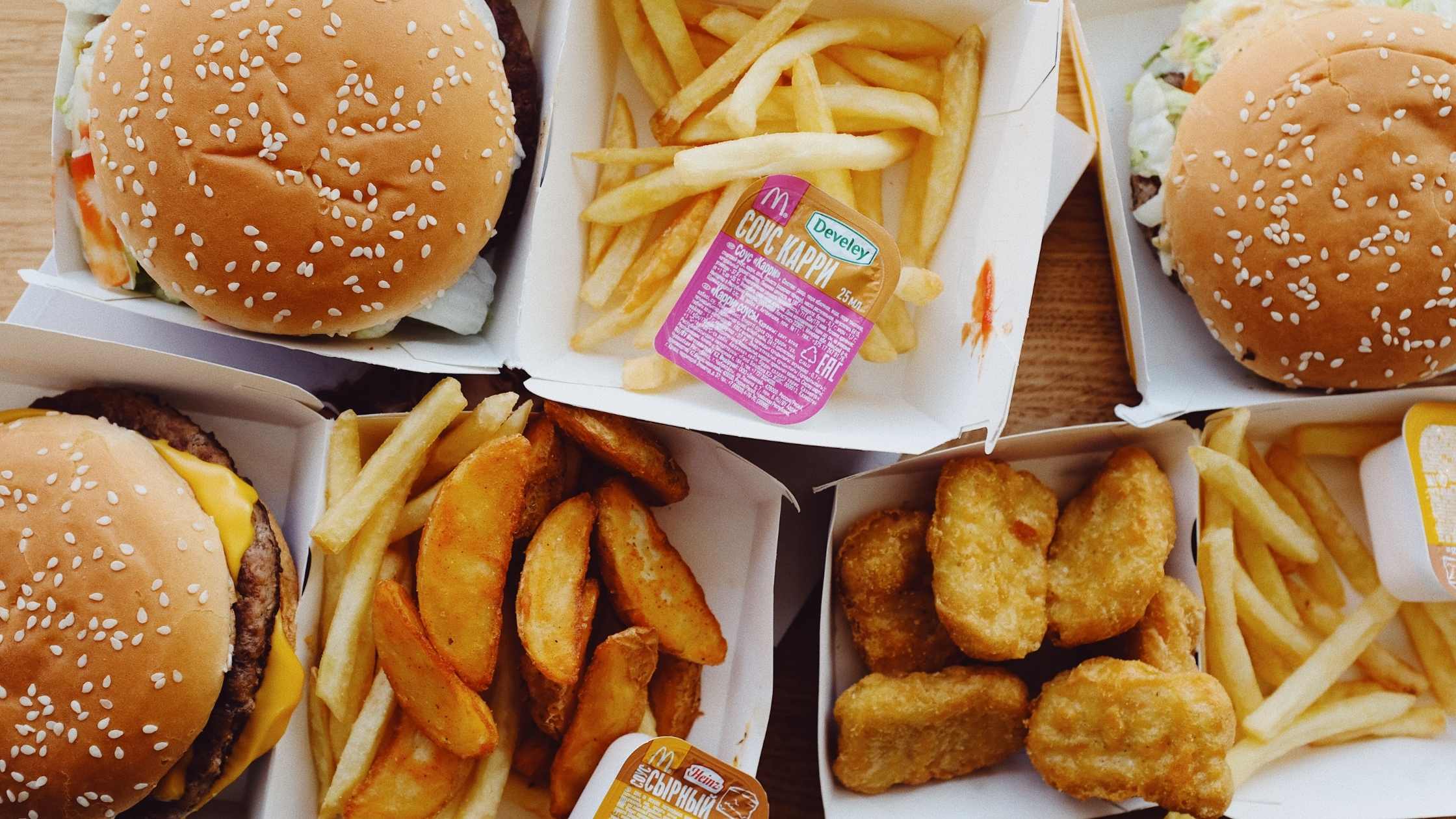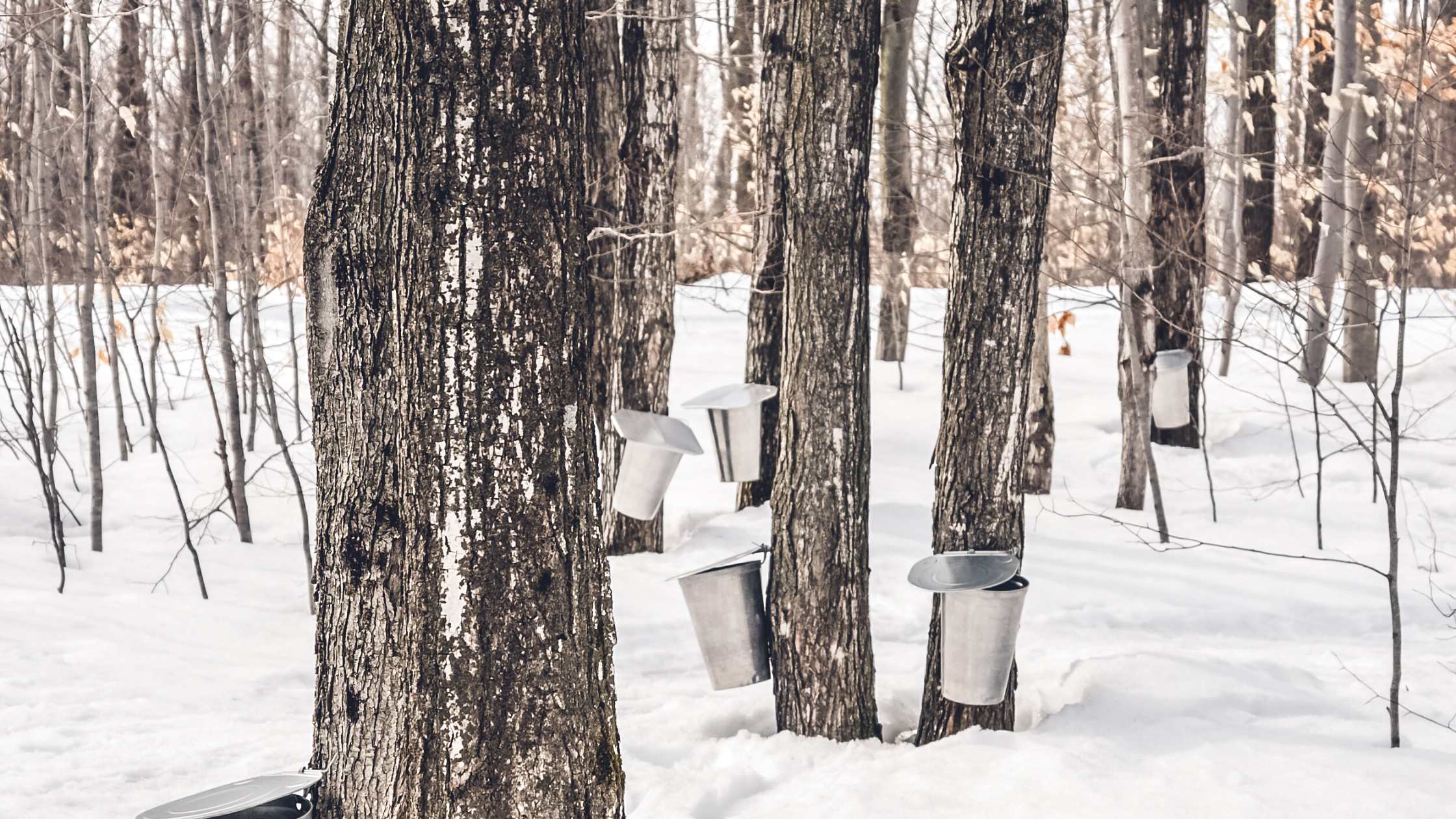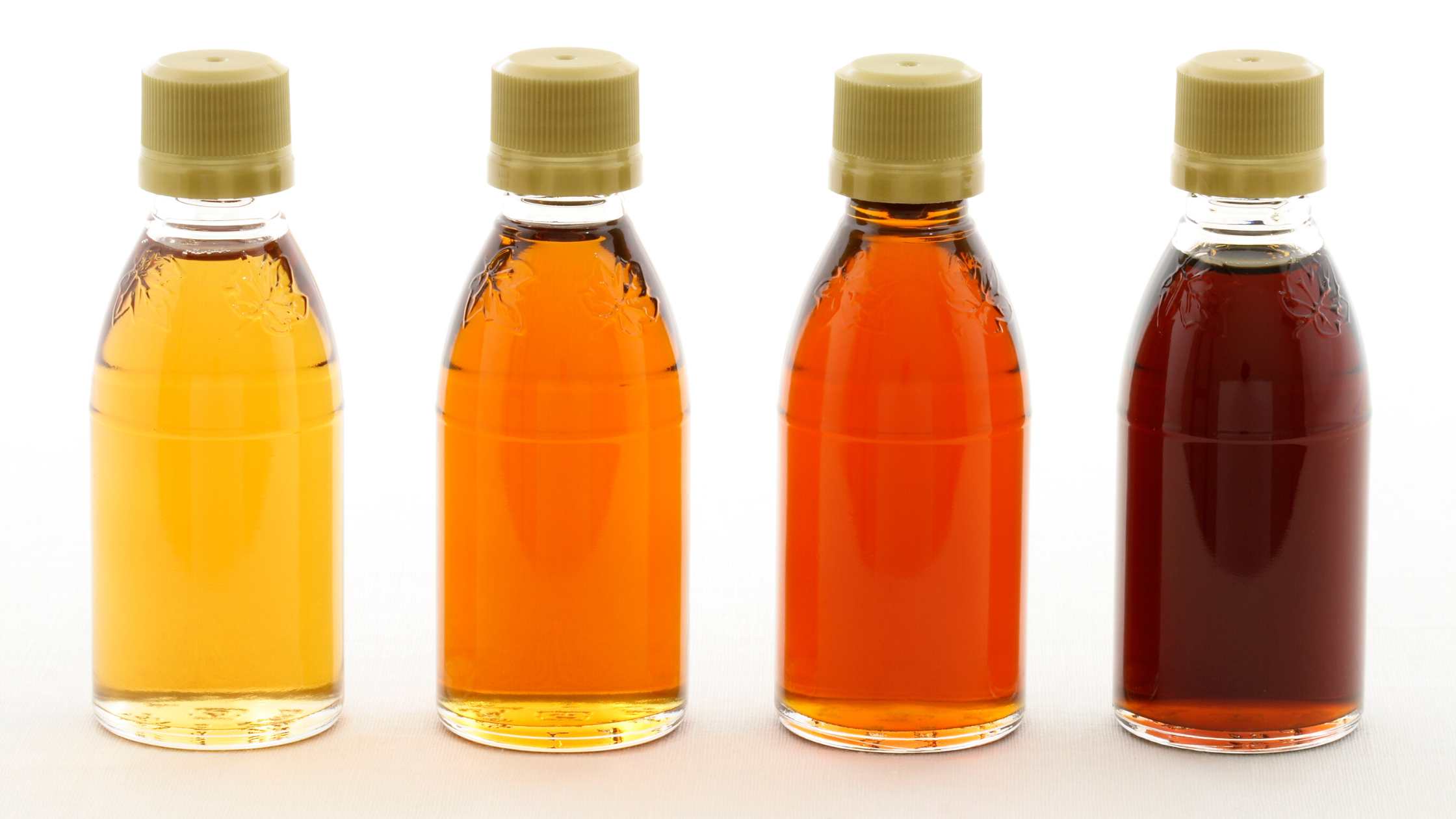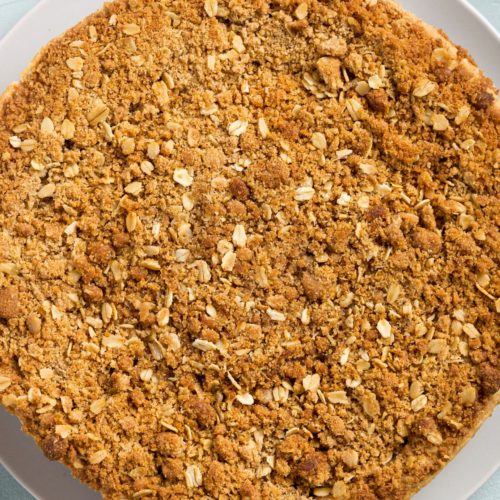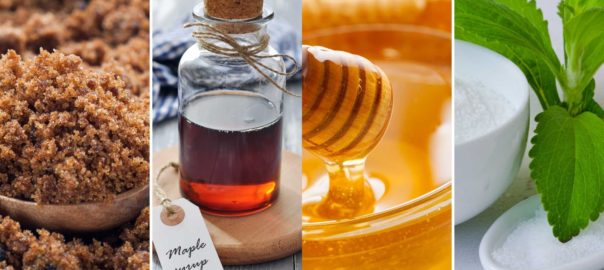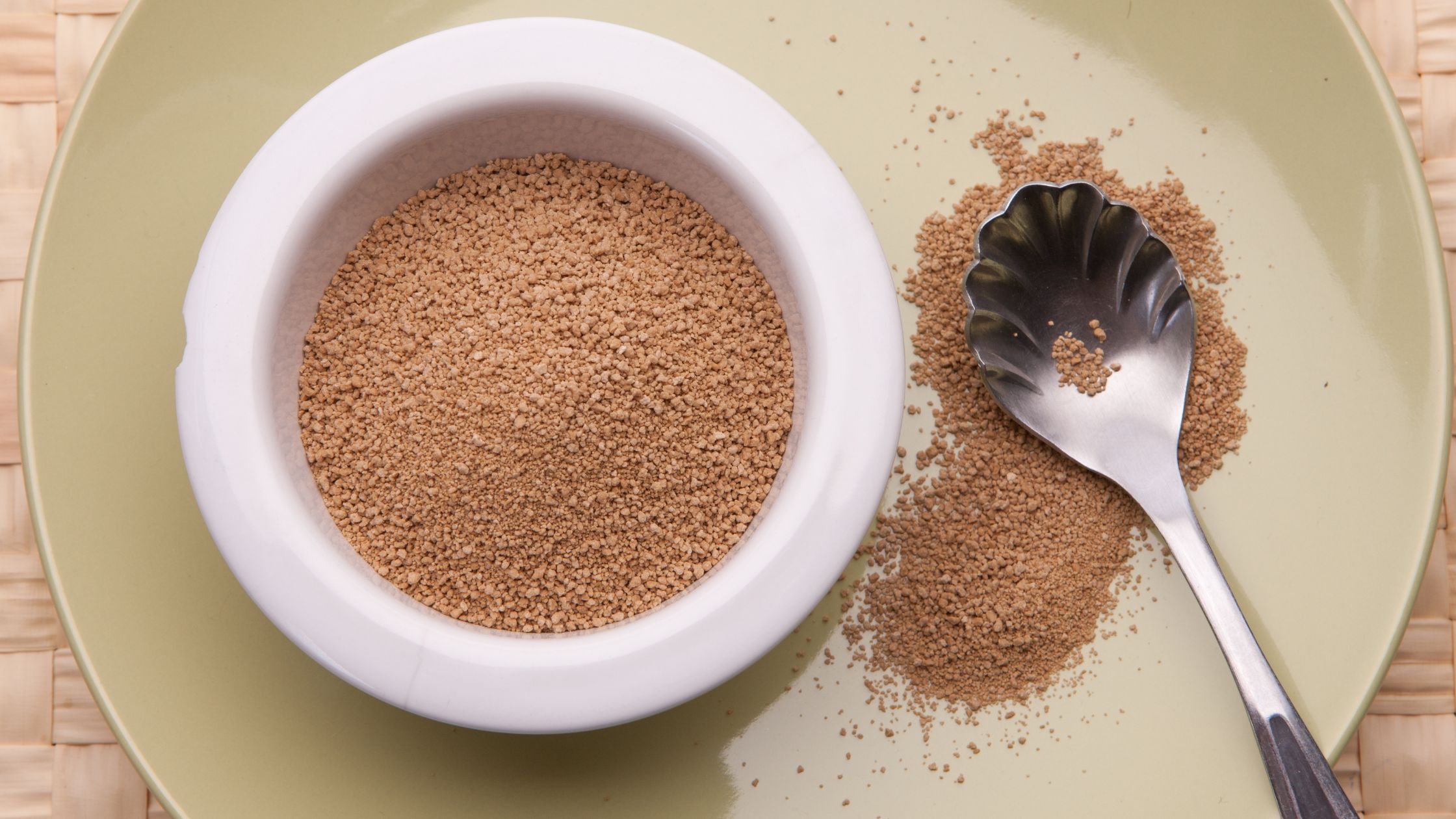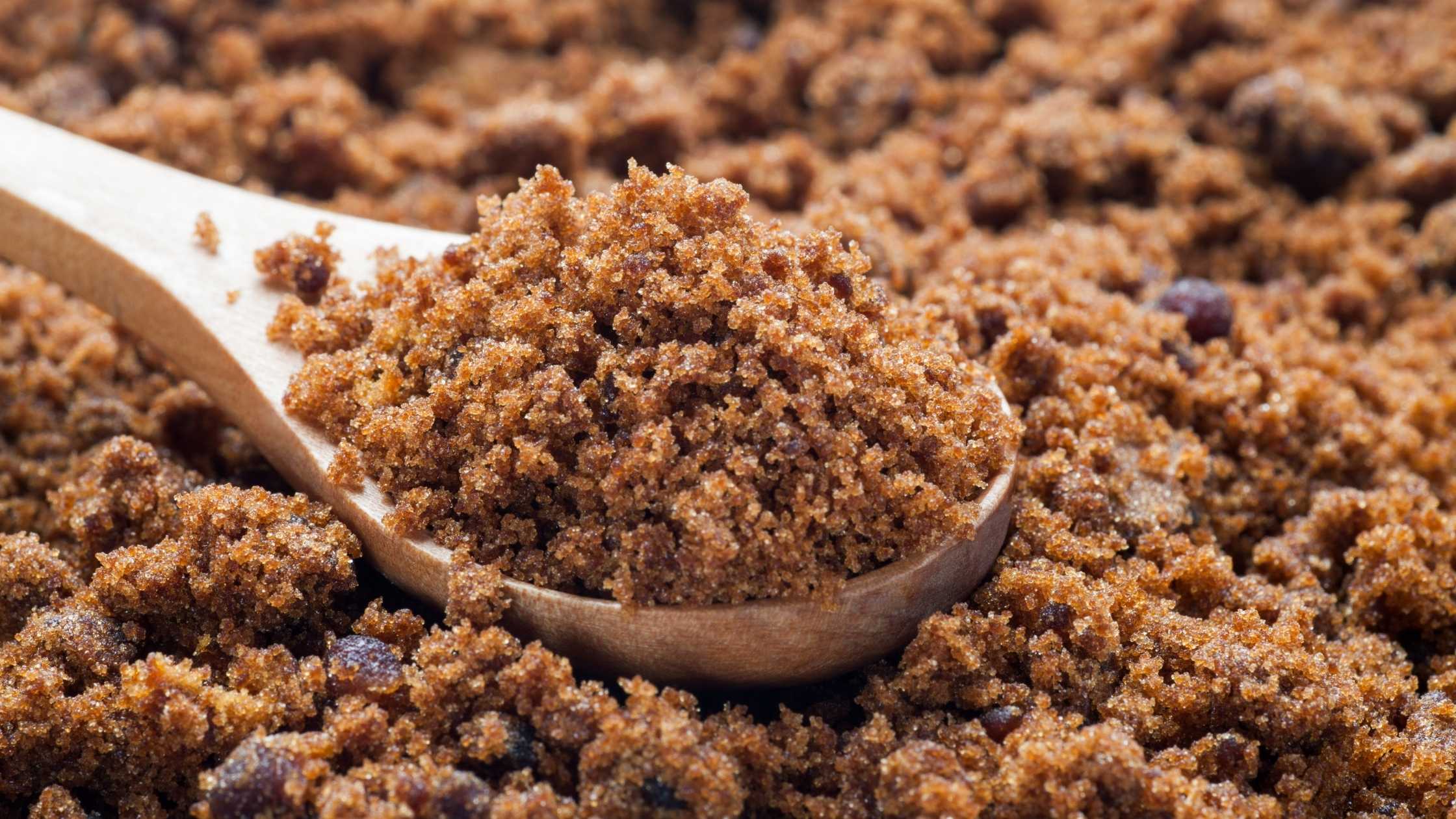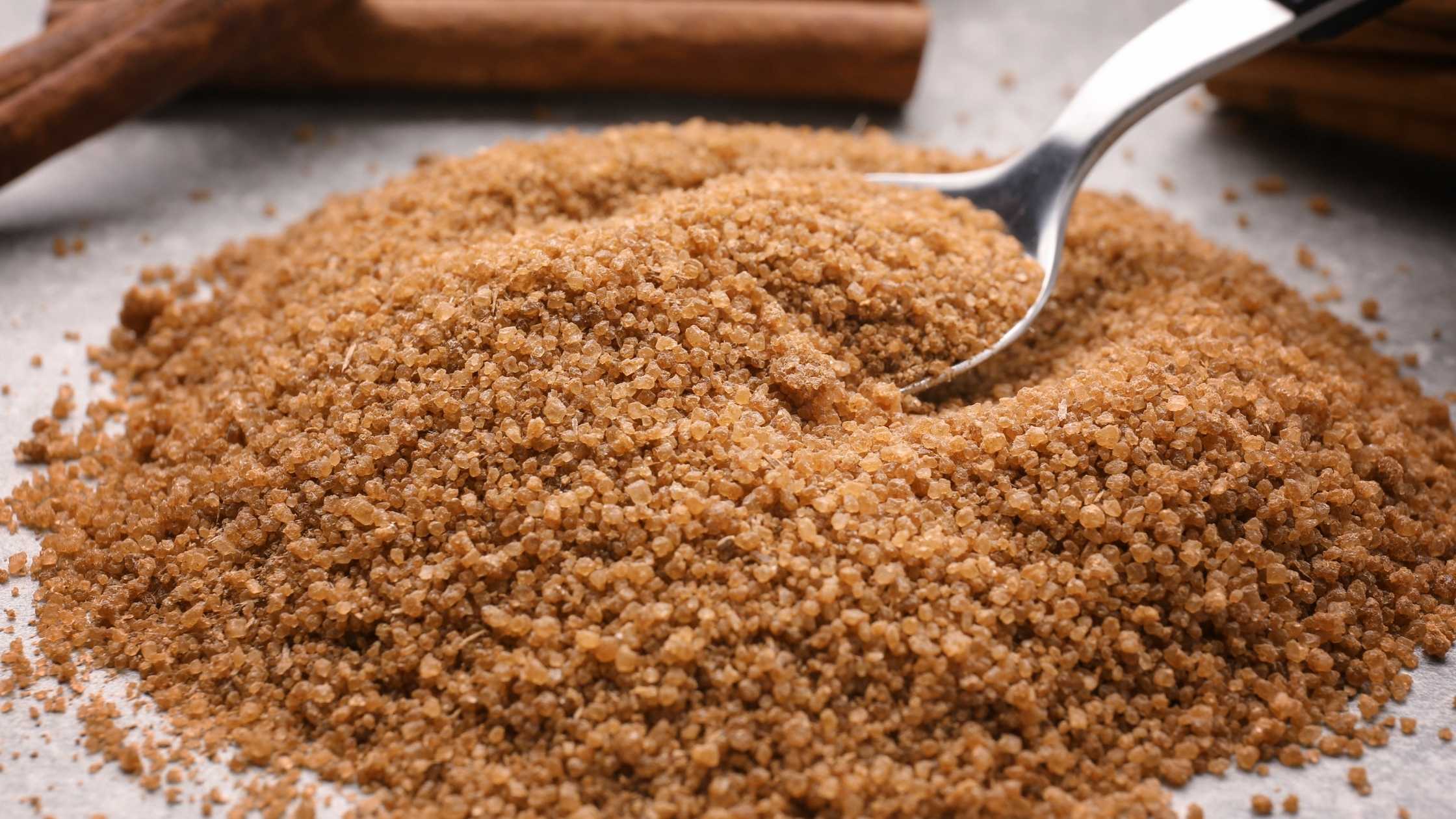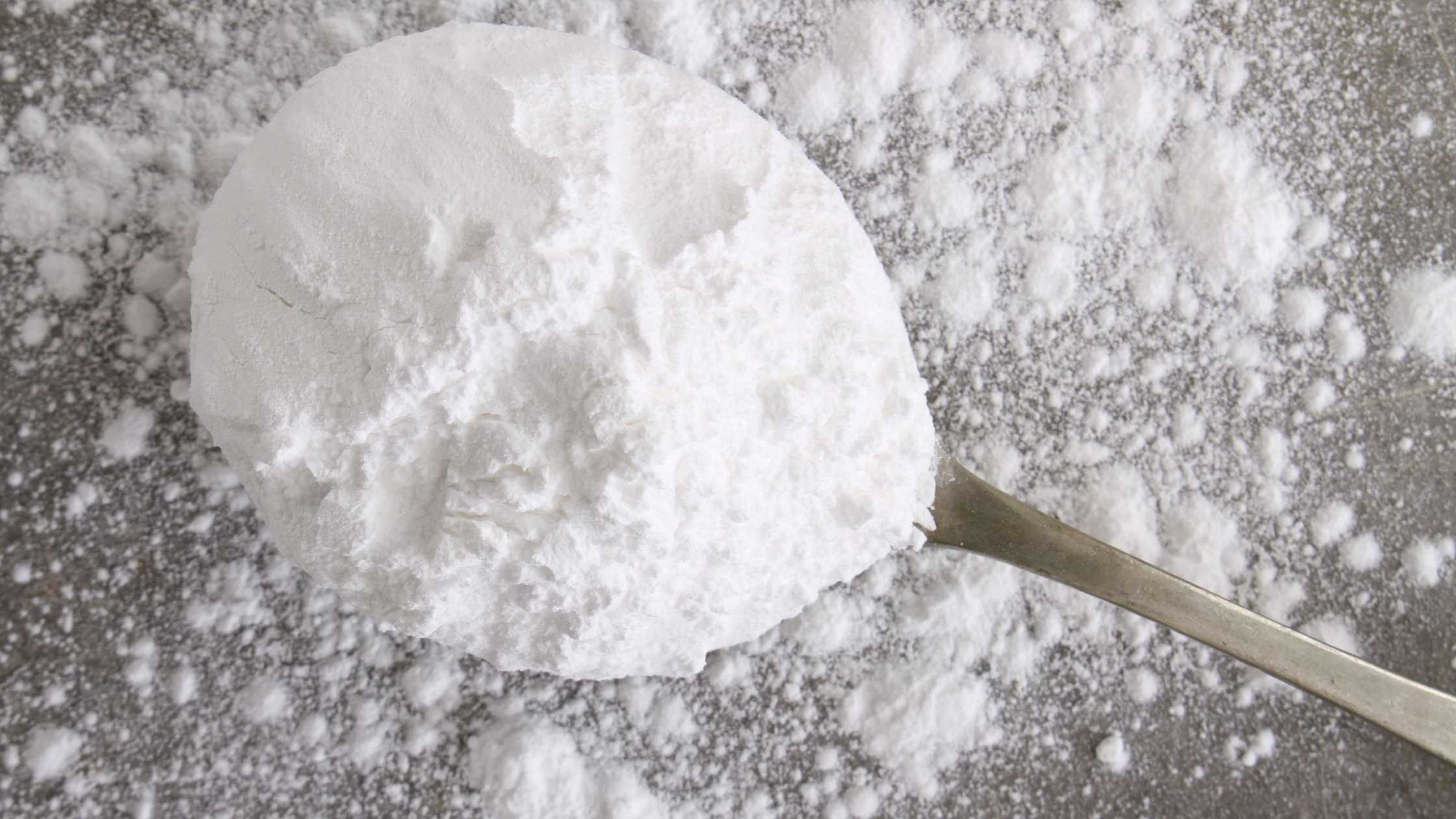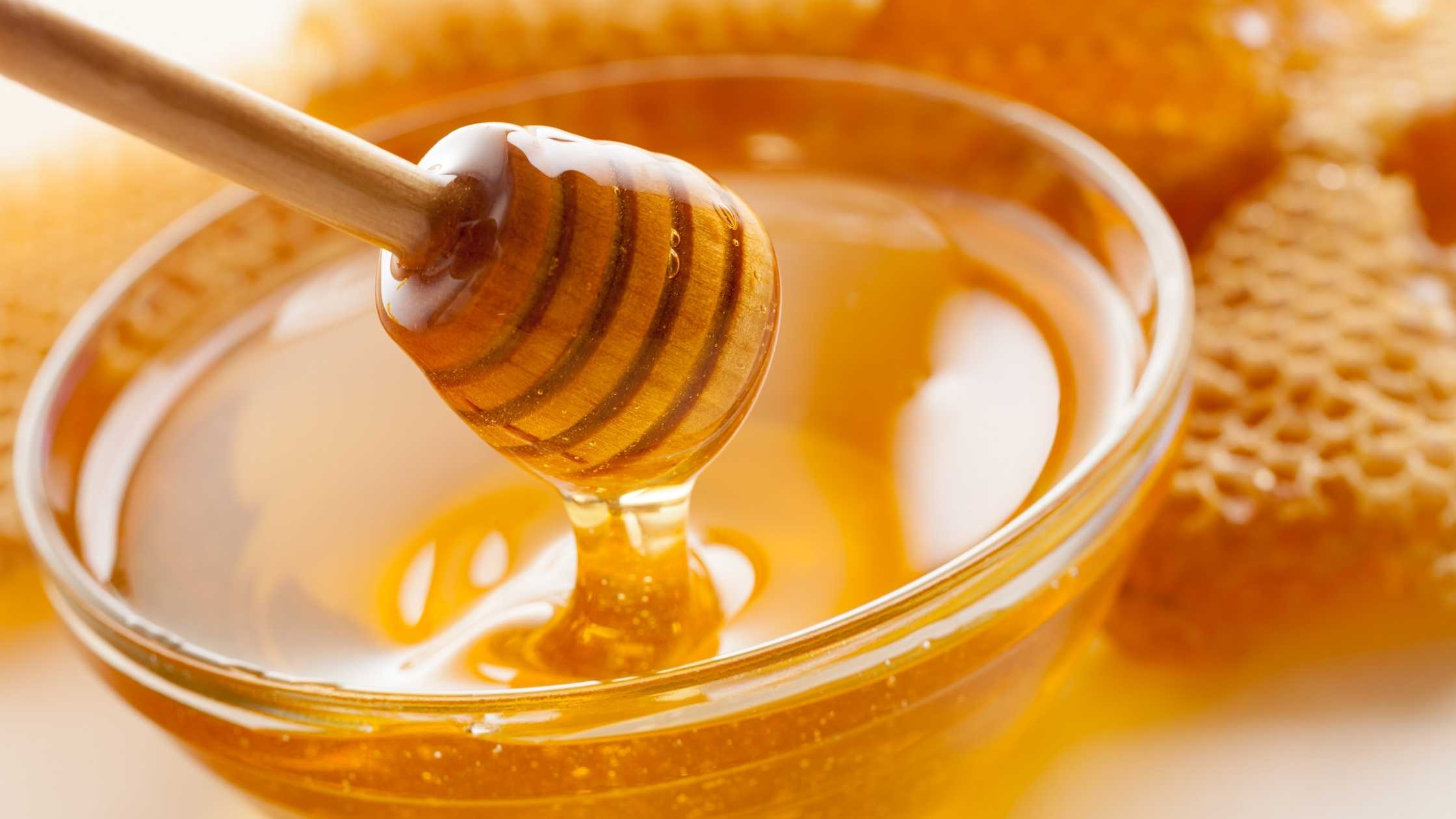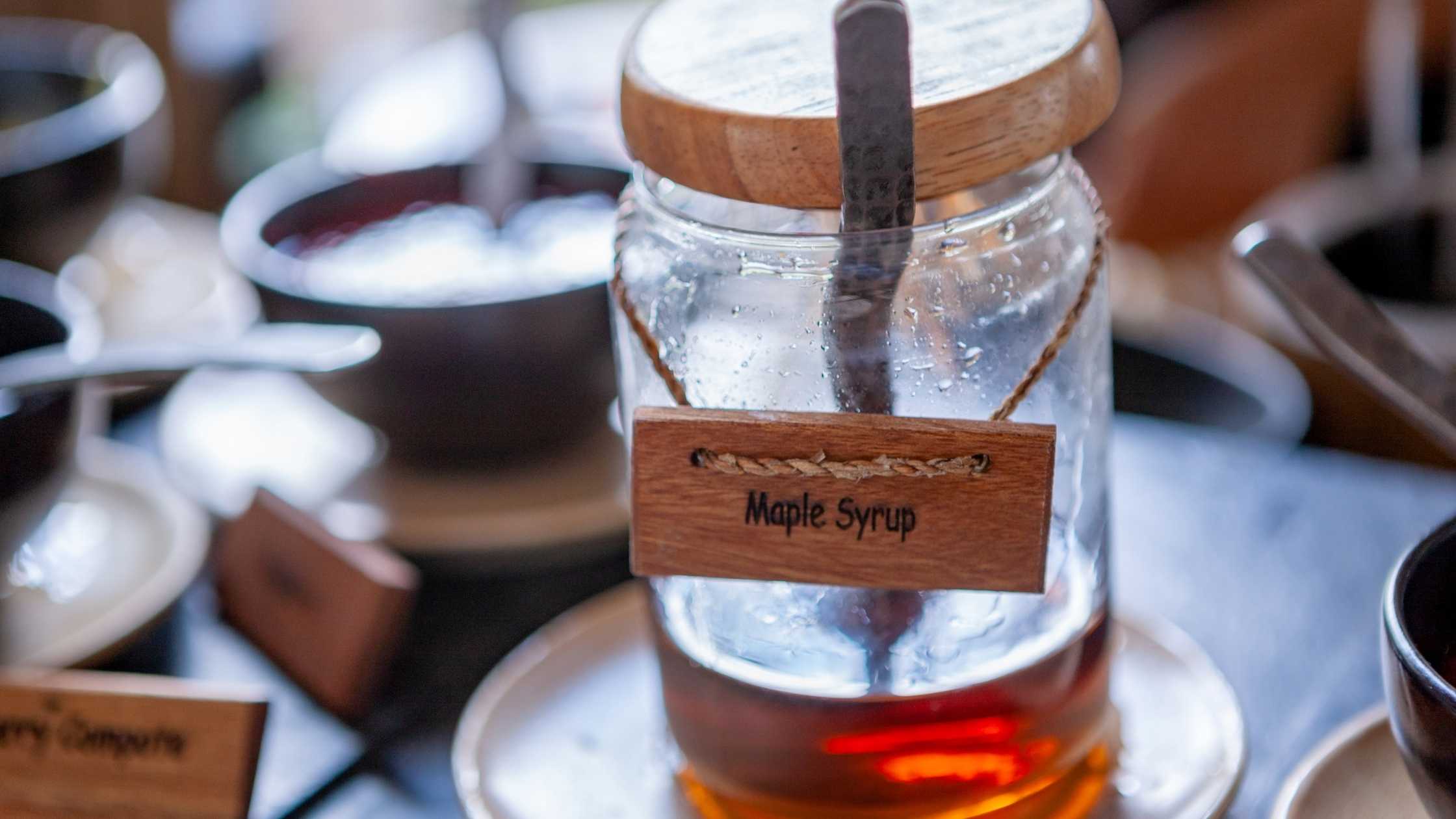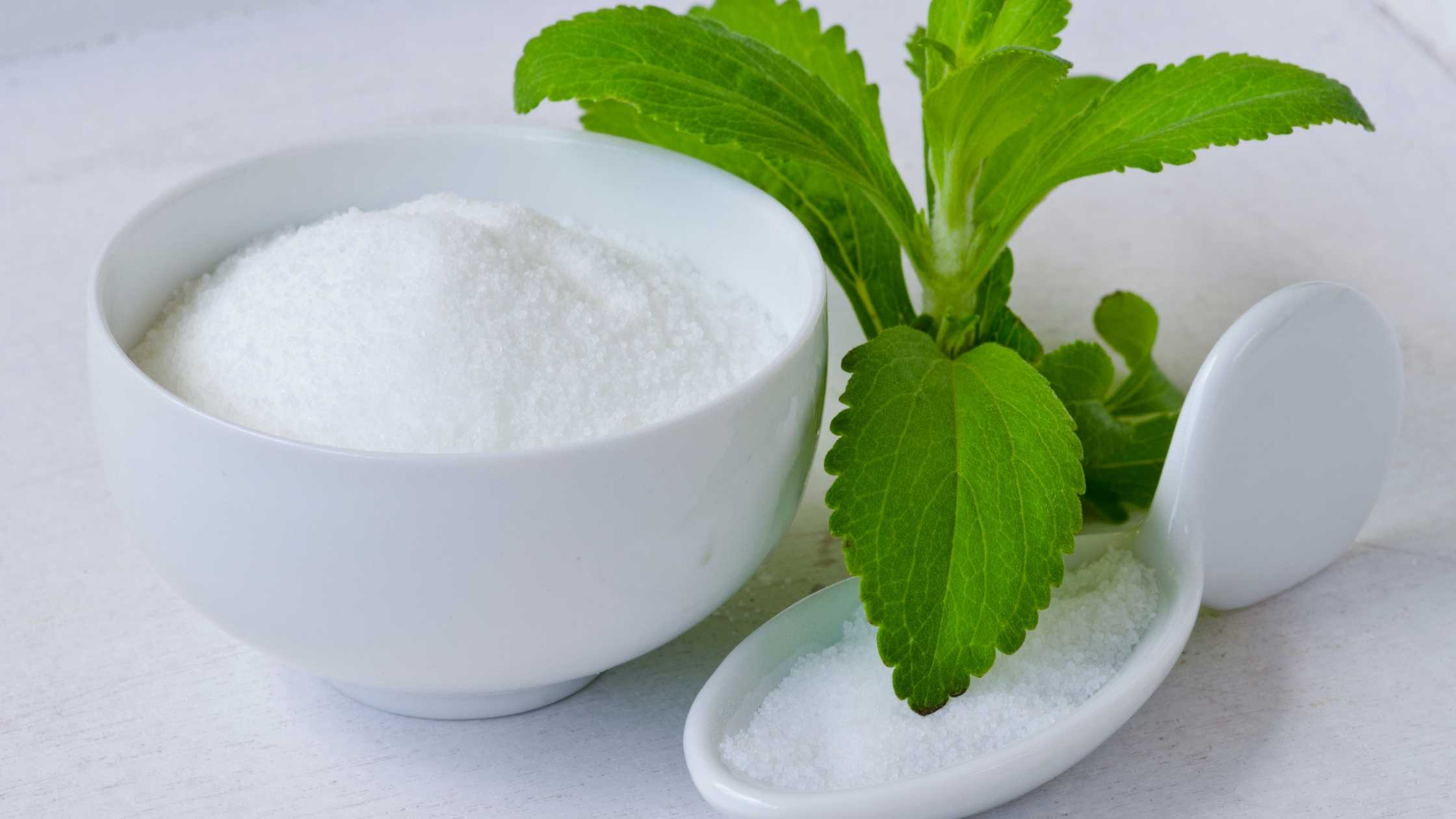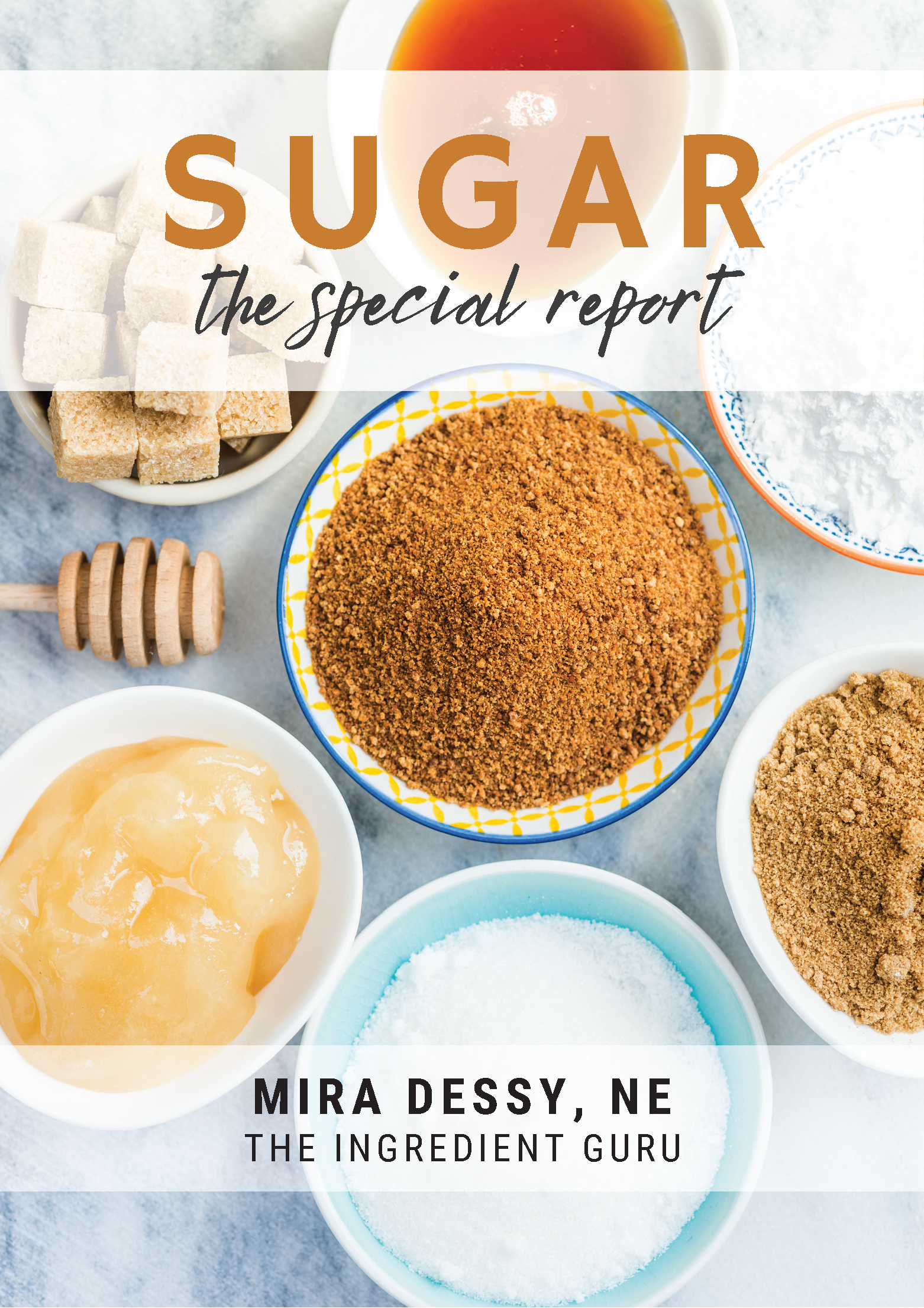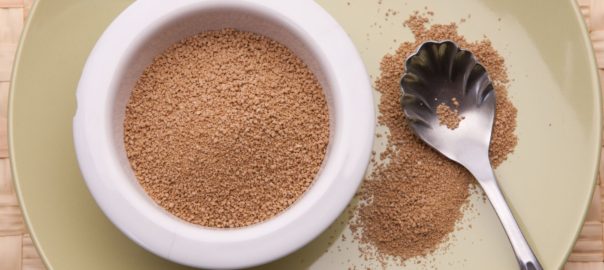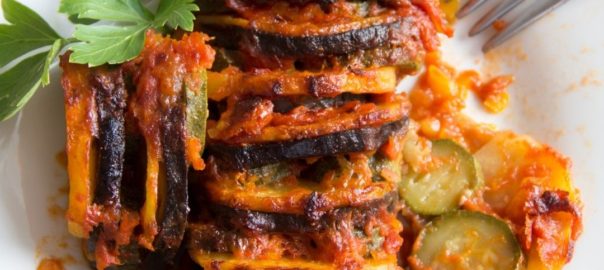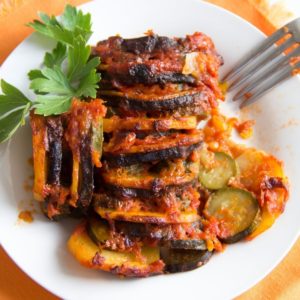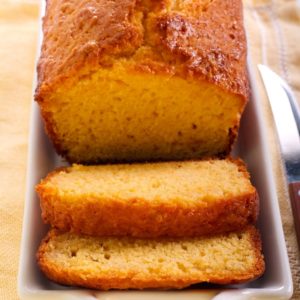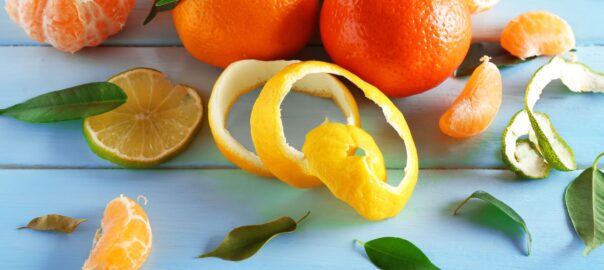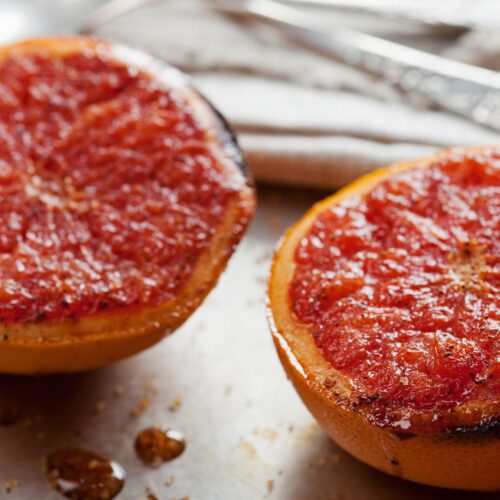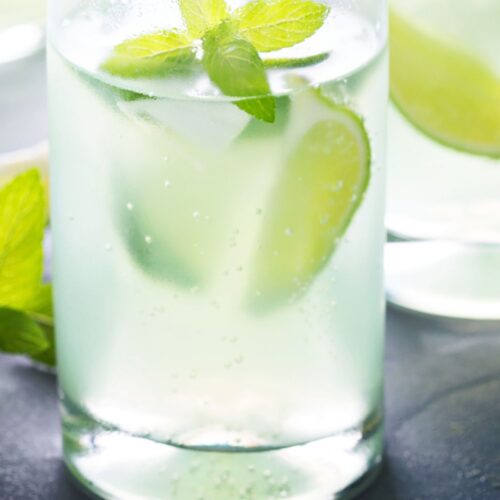Should auld acquaintance be forgot,
And never brought to mind?
Should auld acquaintance be forgot,
And auld lang syne? - Robert Burns
Auld lang syne, times gone by. As the New Year fast approaches many of us think back on the year that has been and, of course, eagerly await the year to be.
For some reason, the celebration of New Year's is tied to an expectation of promises for the year ahead. I will....lose weight, start to exercise, get more organized, anything that we think needs to be fixed.
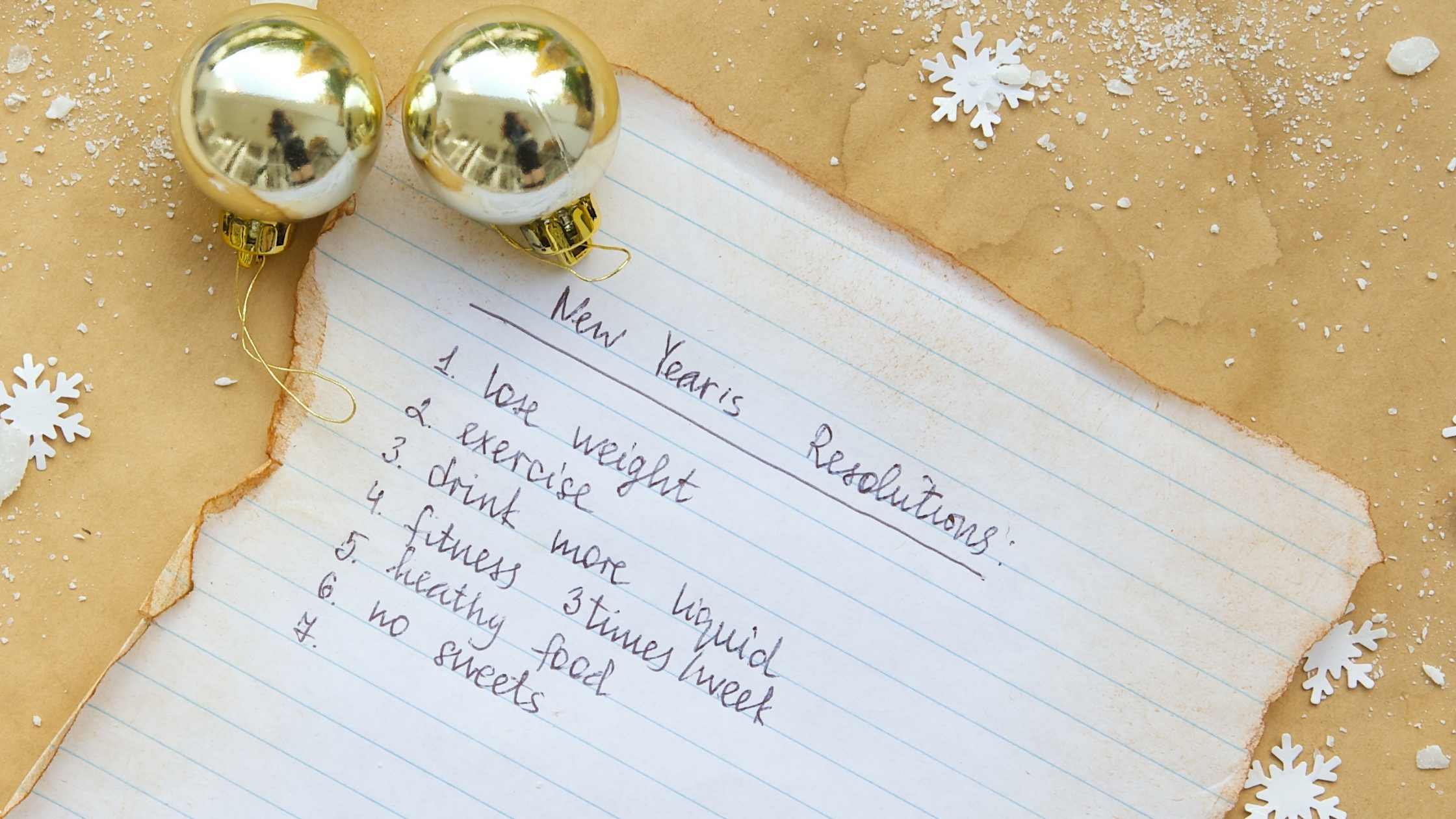
The problem, as I see it, is that many people try to do this in an absolute fashion. It's all or nothing for the diet, the gym, the insert-your-choice-here. My trainer at the gym laughingly tells me that although the gym is starting to get very crowded these days I should be patient because in another 30 days it will empty out again.
People will start the New Year with good intentions and lots of motivation. But it is hard work and, if they've done no mental preparation other than making a vague promise to themselves, overwhelming. It doesn't last long.
When I work with clients I encourage them to not work in absolutes. If you slowly and mindfully make changes, just one or two at a time, they are more likely to stick.
As an example, I have one client who is trying to break a fast food habit. Instead of never ever ever going to a fast-food restaurant again, we started by having her give up the soda (that was her choice). Then we began to cut down on the number of times she went out for fast food. Next, it was to downsize the meal (get a Jr. burger and a small fries). Eventually, it will not even be a temptation.
In the past, because she would say, "that's it, I'm never eating fast food again" she would not have much success and usually within 30 days found herself standing in line to order and feeling really bad about it. Feeling bad about it may be modestly motivating in the short term, but I believe it just helps build up that "I don't care" callus and gets in the way of making positive changes.
I don't make grand sweeping resolutions anymore. I personally see no need to tie all my motivations and changes to one day. Instead, I try to live mindfully; to make thoughtful, achievable choices. Don't make a huge, possibly overwhelming, promise to yourself later tonight. Consider a modest goal that, when you reach it, will make you feel good about yourself and encourage you to keep going.
Some suggestions might be:
- Adding a gratitude practice to your day - writing down five things a day that you are grateful for
- Choosing to leave five minutes early for appointments to reduce stress
- Planning to turn off or not answer the phone the first 15 minutes after you arrive home from work to give yourself some decompression time
- Deciding that at least one day a week you will set a beautiful table for yourself and your family to eat dinner at
- Choosing to eat one more piece of fruit or vegetable a day than you normally do
- Drinking one (or one more) glass of water every day if you, like most people, don't drink enough
Think about what you want to achieve, why you want to accomplish that goal, and a small step as part of the process to get you there. With this kind of mental preparation and reasonable expectations, you will achieve your goals.
Have a happy, healthy New Year, and be well.



